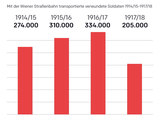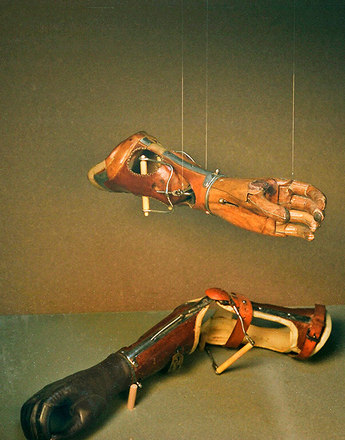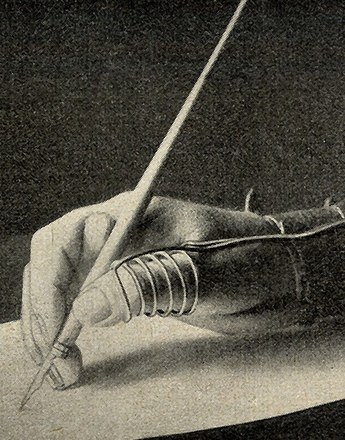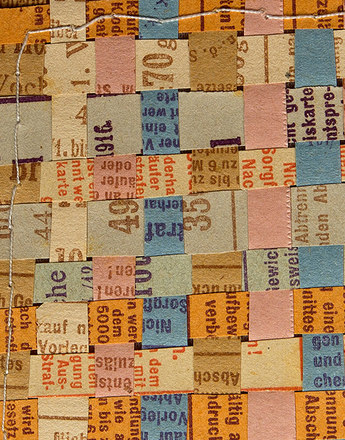As soon as mobilisation started, there was a shortage of means of transport, most of which was requisitioned by the army. This problem also affected the transport of the sick in the city. Some hospitals had their own railway siding and in other cases trams were increasingly used.
The military authorities were responsible only for the transport of non-infectious wounded soldiers. The transport of soldiers with infectious diseases and civilians was organised by the city of Vienna. At the start of the war it had forty-eight horse-drawn ambulances and three motor vehicles. A further eleven vehicles were acquired during the war. Omnibuses and trams were also converted to transport the sick. This was urgently required because cars, rubber tyres and hoses had all been requisitioned in August 1914. There was a growing shortage of drivers and horses, and passenger transport gradually came to a standstill. The military authorities attempted to ease the transport problem by building railway sidings right next to the hospitals. Because of the drastic shortage of public transport, the wounded were moved by tram, which was more or less the only means of transport available. Initially, a three-car tram was made available as well to offer convalescent soldiers tours of the city.
The food available to convalescent soldiers in the first years of the war was not only better than at the front but also probably better than that of the average lower-class inhabitant. In some of the temporary hospitals the food was particularly good thanks to private donations. Pictures of the time suggest that the wounded soldiers were deliberately fed up and left the hospitals well nourished. The propaganda attempted initially to hide the growing number of war invalids. As the war progressed, war wounded who had been successfully treated were shown as examples to be admired but not pitied. In the last two years of the war in particular, however, the disastrous supply situation in Cisleithania was also evident in the hospitals. In the last months of the war nurses and patients alike suffered from severe undernourishment.
Much was made by the propaganda machinery of the nursing care offered to wounded soldiers. Female members of the imperial family, including Archduchess Marie Therese, volunteered as nurses. The imperial household was not alone in this regard. A large number of charity events for wounded soldiers and invalids were organised and new ideas for raising money were plentiful. Very few members of the upper classes actually worked in the hospitals, however.
Translation: Nick Somers
Békési, Sándor: Straßenbahnstadt wider Willen oder zur Verkehrsmobilität im Hinterland, in: Pfoser, Alfred/Weigl, Andreas (Hrsg.): Im Epizentrum des Zusammenbruchs. Wien im Ersten Weltkrieg, Wien 2013, 452–461
N.ö. Handels- und Gewerbekammer in Wien: Bericht über die Industrie, den Handel und die Verkehrsverhältnisse in Niederösterreich während der Jahre 1914-1918, Wien 1920
Weigl, Andreas: Eine Stadt stirbt nicht so schnell. Demographische Fieberkurven am Rande des Abgrunds, in: Pfoser, Alfred/Weigl, Andreas (Hrsg.): Im Epizentrum des Zusammenbruchs. Wien im Ersten Weltkrieg, Wien 2013, 62–71
Weigl, Andreas: Mangel – Hunger – Tod. Die Wiener Bevölkerung und die Folgen des Ersten Weltkriegs (Veröffentlichungen des Wiener Stadt- und Landesarchivs Reihe B: Heft 90), Wien 2014
-
Chapters
- Modern weaponry and the slaughter of the first months of the war
- Hospital capacities, epidemic service and the rapid shortage of skilled medical staff
- Emergency hospitals in Vienna
- The university and other temporary hospitals
- Künstlerhaus and Secession as temporary war hospitals
- Wounded transports, food and care
- Cured and well-fed for the war









